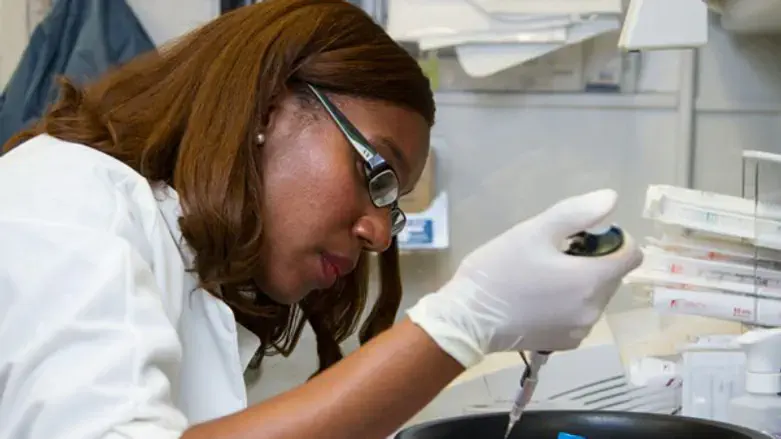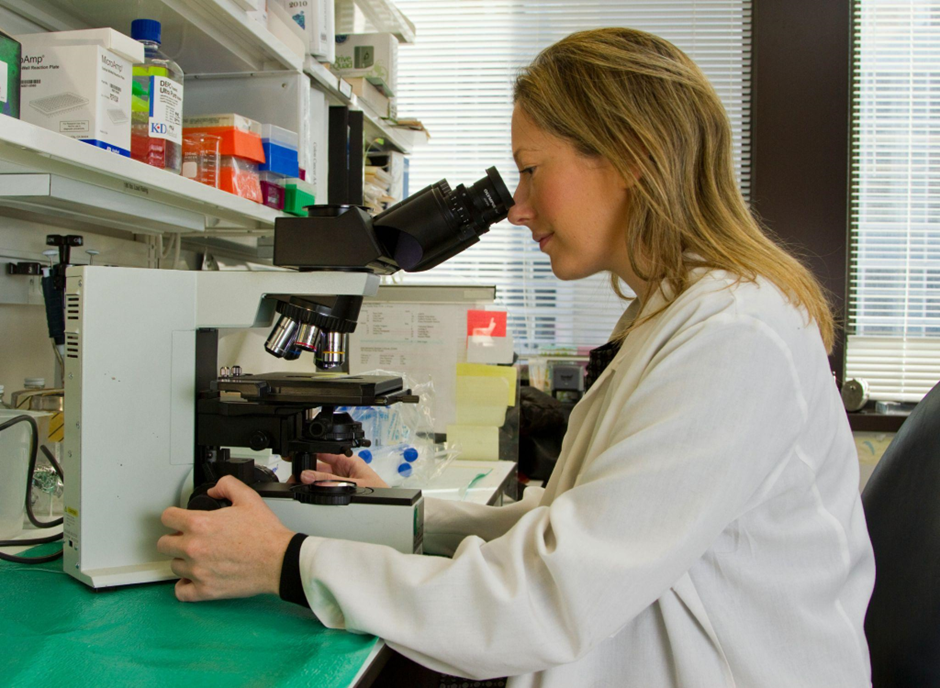
Stem cell therapy is expensive, but the price may vary considerably which makes many people wonder what is included in the price tag. Single treatments can range from $12,000 to over $100,000 for a course of stem cell therapy.
A comprehensive approach to treatment, like the one offered by clinics such as Swiss Medica, may increase the level of patient satisfaction and help avoid numerous unexpected expenses. This article presents a step-by-step guide to stem cell therapy costs and what patients get for their money.
Initial Consultation and Assessment
The first process that is needed to address the cost of stem cell treatment is to get an initial appointment with an expert in regenerative medicine. The patient’s medical history is discussed, and a physical examination is performed to determine if stem cell therapies are suitable for the patient. Other diagnostic tests that may be advised include:
- Blood tests
- Imaging studies
- Tests to evaluate the patient’s condition
The cost of this first appointment is different depending on the clinic and the country where the treatment is done. Sometimes, the cost of consultation is included in the total cost of treatment, while others are on-demand charges.
Stem Cell Extraction and Processing
Isolation and differentiation need to be mentioned as an important part of stem cell therapy since they usually make up a large share of the overall costs. There are different types of stem cells that can be derived from bone marrow, adipose tissue, or umbilical cord blood.
Data extraction is a sensitive process that varies depending on the source; each type of source has different costs. Autologous stem cell therapies, where the patient’s stem cells are used for transplanting, involve harvesting stems from the patient’s bone marrow or adipose tissues and may require local or general anesthesia.
Occasionally, autologous stem cells are not the preferred type, and allogeneic stem cells are required (from a third-party source), which adds costs for the matching of donor and recipient, as well as the necessary testing and conditioning of the stem cells to decrease liability for immune rejections.
Type and Source of Stem Cells
The source and the type of stem cells delivered for treatment have a potential influence on the cost of stem cell therapy. Heterogeneity is especially evident in either type of stem cell used, including mesenchymal or hematopoietic cells, or the availability, cost, and preparation that define their conversion and relative prices.
For example, autologous stem cells from the umbilical cords may be cheaper than using stem cells acquired from a third party through procuring from a donor who has been screened and tested besides being stored.
Treatment Procedure Costs
Another factor in stem cell therapy price is the actual administration of the cells. Depending on the condition that is being treated or the kind of stem cells that are being applied, the methods of treatment differ. The costs are related to the complexity of the medical practice needed, whether the location is a hospital or an outpatient clinic, and whether anesthesia or imaging is needed for the injection.
Also, for some illnesses, the client will need to go through the process several times, and this will make the overall cost higher.
Aftercare and Follow-Up Appointments
Patients usually experience some discomfort after the procedure of stem cell therapy, and they may need to attend other appointments for a check-up. Although 75% of respondents from a recent study reported a reduction in pain, aftercare remains an important element of stem cell therapy.
This might require extra X-rays, another examination, blood tests, or physiotherapy sessions to enhance healing and response to treatment. Rehabilitation is a critical step in stem cell treatment because it does not only check on the patient’s reactions to the administered treatment but also modifies the treatment plan if need be.
Additional Services and Support
Most clinics also provide extra services and follow-up to patients as a stem cell therapy incentive. These may be physical therapy or exercise programs, dietary advice or nutrient supplements, or other forms of complementary treatment, which may include, for example, hyperbaric oxygen treatment or PRP therapy.
Some of these services are not mandatory but may be suggested to boost the chances of the effects of scar stem cell therapy and the general healing process. The patient should ask what other services the fee includes and whether or not they cost extra.

Factors That May Increase the Cost
The location of the clinic can impact the cost of stem cell therapy. Treatments in countries where living standards are relatively high or where healthcare delivery systems are developed are likely to be expensive. Moreover, physicians’ experience and overall accreditation of the practitioners involved in the operation also influence the cost of surgery.
The severity of the disease can also affect the costs as the condition of the patient in this case, makes it hard to determine the right amount of treatment to offer. For instance, banking stem cells to manage a more complicated or composite disease might take more stem cells, elaborate processes, or a longer after-treatment period.
In Summary
The stem cell therapy price encompasses a variety of components, including the following:
- Initial consultations
- Stem cell extraction and processing
- Type of stem cells used
- Treatment procedure costs
- Aftercare
- Any additional services
If patients know what is being priced, they will be in a position to determine the worth of stem cell treatment and, therefore, be in a position to make an informed decision concerning the therapy.
